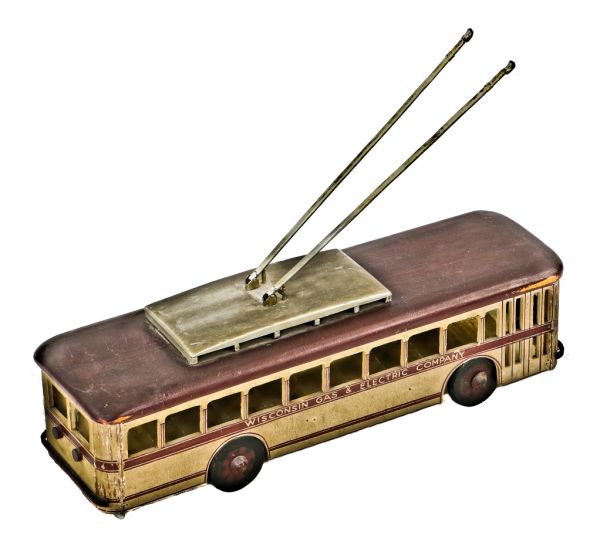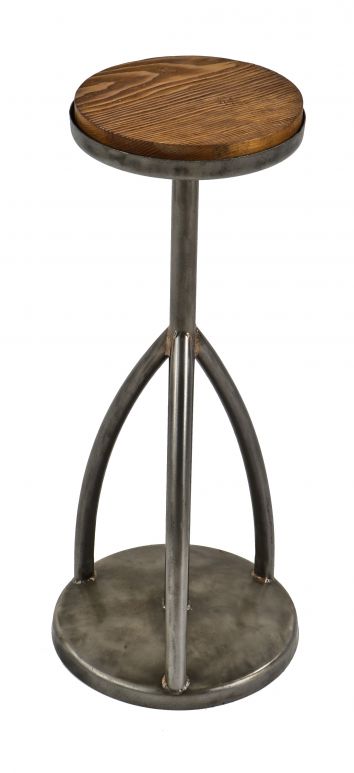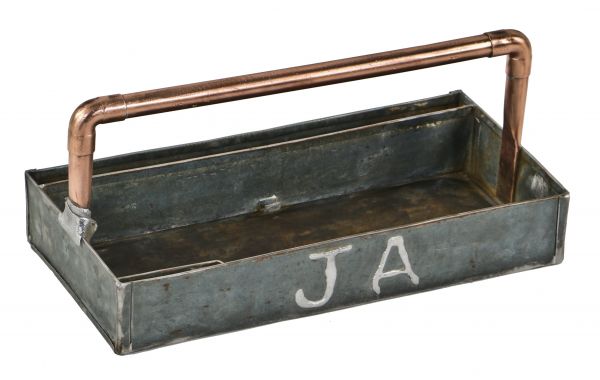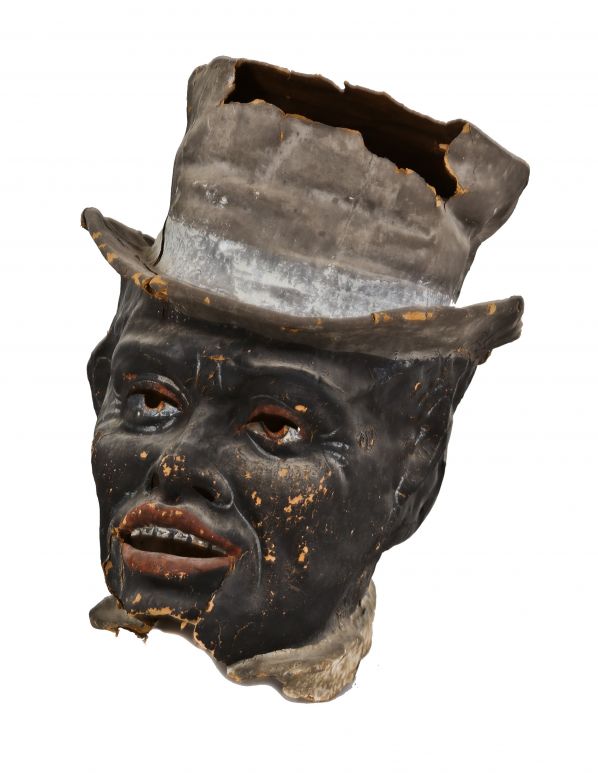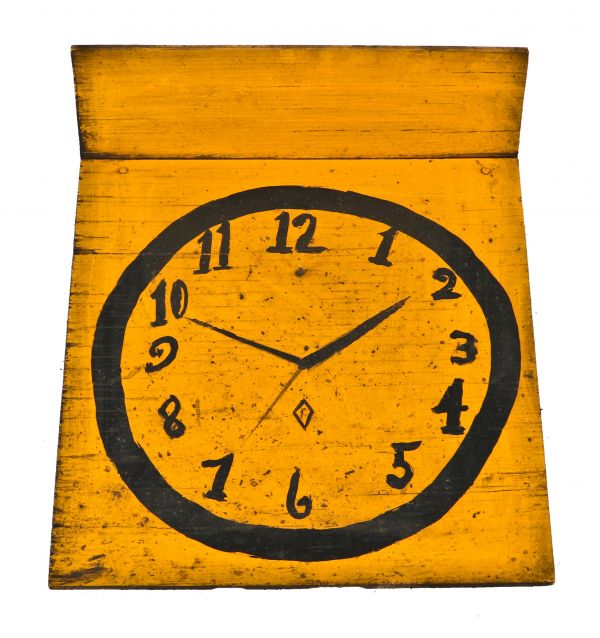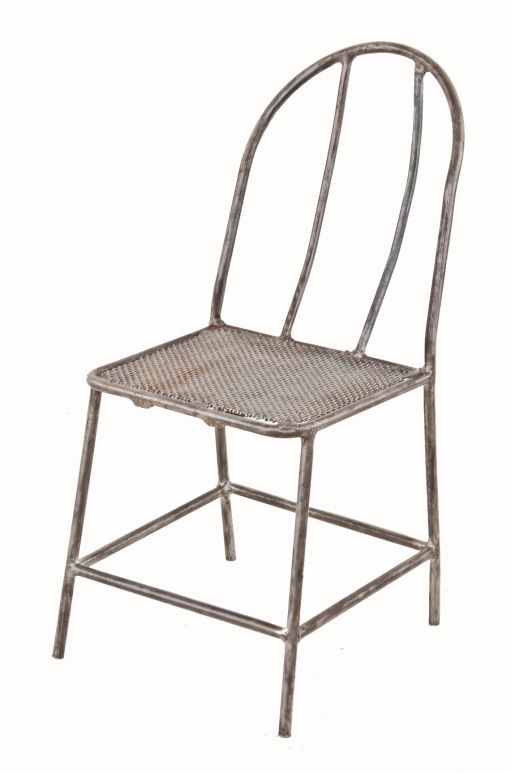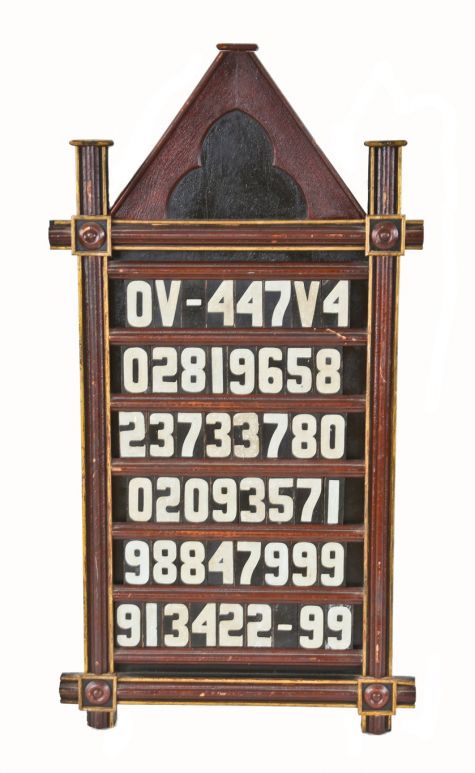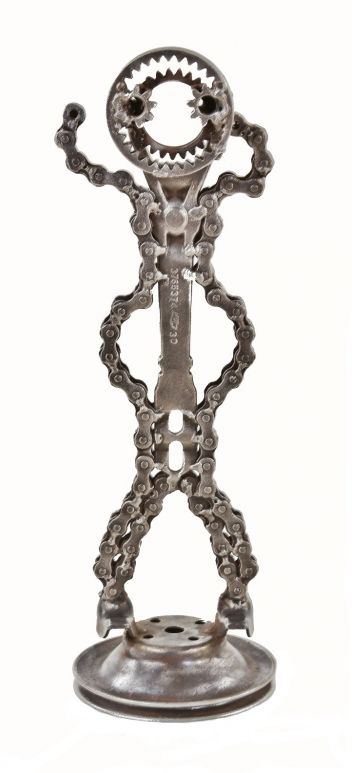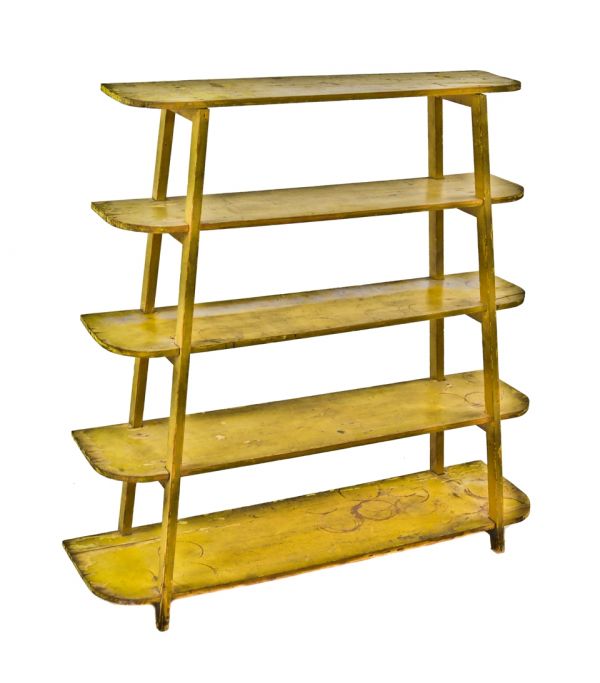one of a kind exceptional handcrafted antique c. 1930's wpa depression era american folk art electric wisconsin gas & electric painted wood trolleybus with wheels
SOLD
Out of stock
SKU
UR-23141-15
unidentified artist
extraordinary c. 1930's handcrafted american folkart electric trolleybus comprised of largely of wood and steel rods. the original "red wine & cream" hand painted finish remains virtually intact. the well-crafted folk art piece is modeled after a wisconsin gas & electric trolleybus that operated in kenosha (and possibly racine), wisconsin during the 1920-30's. unidentified artist. the history of the trolleybus dates back to 29 april 1882, when dr. ernst werner von siemens ran his "elektromote" in a berlin suburb. this experimental demonstration continued until june 13, 1882, after which there was little progress in europe, although separate experiments were conducted in the usa. the next development was when lombard grin operated an experimental line at the paris exhibition of 1900 after four years of trials. max schiemann made the biggest step when on july 10, 1901 the world's first passenger-carrying trolleybus operated at bielathal (near dresden), in germany. schiemann built and operated the bielathal system, and is credited with developing the under-running trolley current collection system, with two horizontally parallel overhead wires and rigid trolleypoles spring-loaded to hold them up to the wires. although the bielathal system operated only until 1904, schiemann had developed what is now the standard trolleybus current collection system. in the early days there were a few different methods of current collection. the cedes-stoll system, designed by carl stoll, operated near dresden between 1902 and 1904, and in vienna. the lloyd-khler or bremen system was tried out in bremen, and the filovia was demonstrated near milan. leeds and bradford became the first cities to operate trolleybuses in the united kingdom on june 20, 1911. in the united states, some cities, led by the brooklyn-manhattan transit corporation (bmtnew york), subscribed to the all-four concept of using buses, trolleybuses, streetcars and rapid transit subway and/or elevated lines, as appropriate, for routes ranging from lightly used to the heaviest trunk line. buses and trolleybuses in particular were seen as entry systems that could later be upgraded to rail as appropriate. although the bmt in brooklyn built only one trolleybus line, other cities, notably san francisco, california, and philadelphia, pennsylvania, built larger systems and still maintain "all-four". a number of trolleybus lines in the united states came into existence when a tracked trolley route did not have sufficient ridership to warrant track maintenance or reconstruction. trolleybuses are largely obsolete in the united states. measures 21 x 6 inches. measures 15 inches high at tallest point.
You Might Also Like
WORDLWIDE SHIPPING
If required, please contact an Urban Remains sales associate.
NEW PRODUCTS DAILY
Check back daily as we are constantly adding new products.
PREMIUM SUPPORT
We're here to help answer any question. Contact us anytime!
SALES & PROMOTIONS
Join our newsletter to get the latest information

